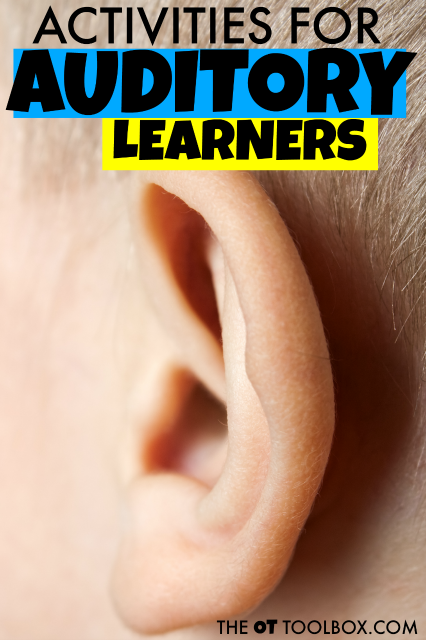

‘Kinaesthetic’ learners translate to ‘tactile’ learners, who utilise movement, testing, trial and error, and a more non-traditional learning environment to retain and recall information. Kinaesthetic learning takes place through hands-on or physical experiences. So, what are the different learning styles, and what can they mean for your child? However, to speed up the process of discovering what works best for your child, an academic check up can provide an accurate and comprehensive view of their learning style, as well as other key insights into their academic abilities. You may have developed a natural understanding of your child’s learning style by being present as they progress along their educational journey. The three main learning styles are kinaesthetic, auditory, and visual. Generally speaking, everyone has a preferred style of learning, and should adapt their personal study routines in order to complement that style. Therefore, it is essential students become aware of the learning style best suited to them, which, of course, can differ depending on the subject they are studying.

Whilst it is important teachers adapt to these learning styles, they often have to contend with large classes of pupils, where catering to individualistic learning styles is not always an option. Many students require varied teaching strategies in order to maximise the efficiency of their learning. There is a fundamental truth to teaching, which is that every student is different.


 0 kommentar(er)
0 kommentar(er)
